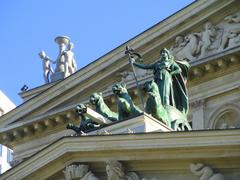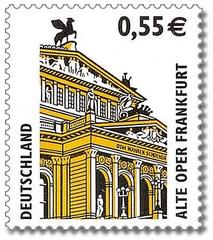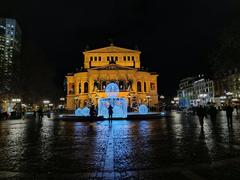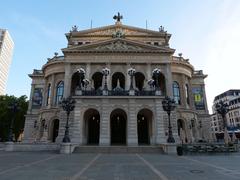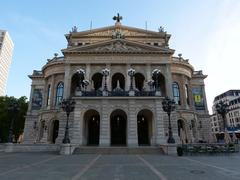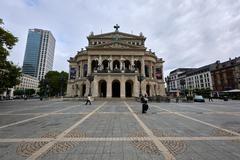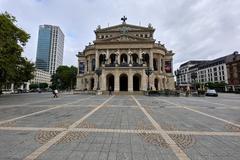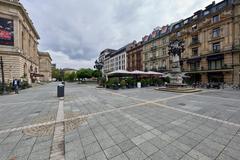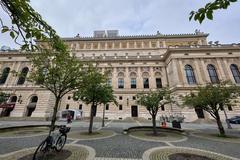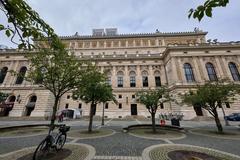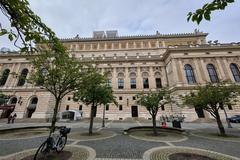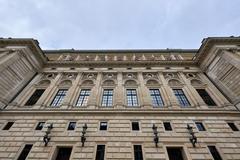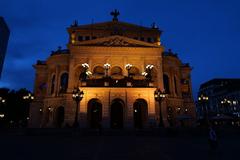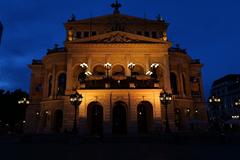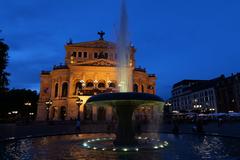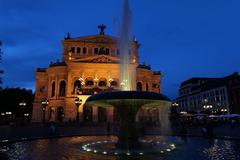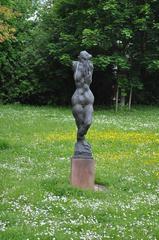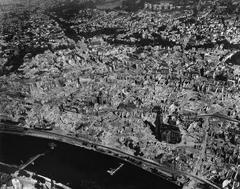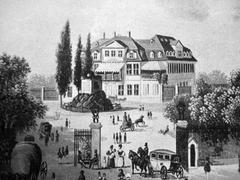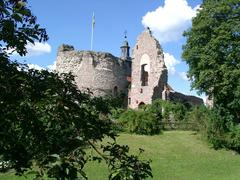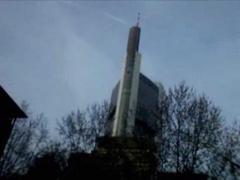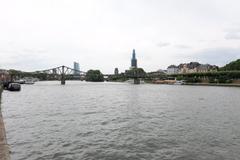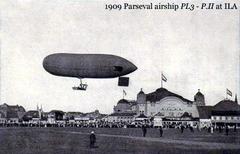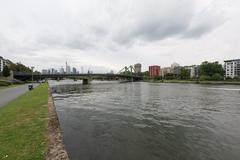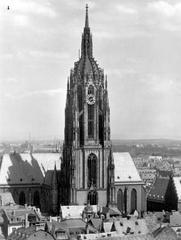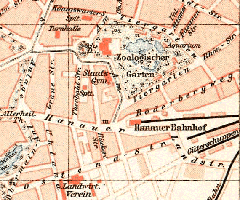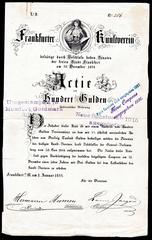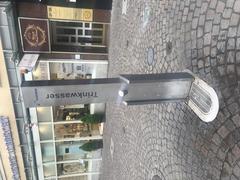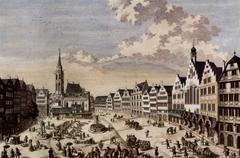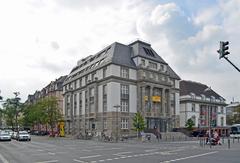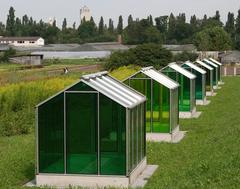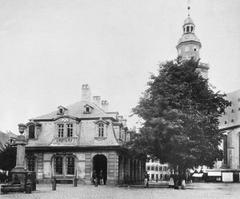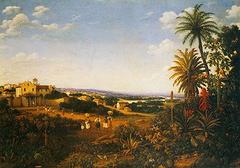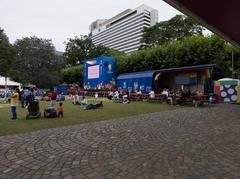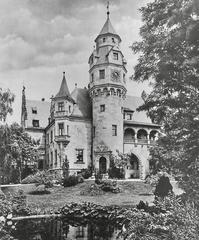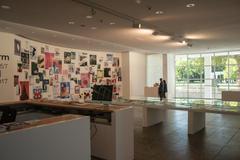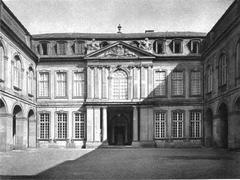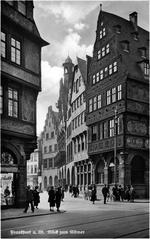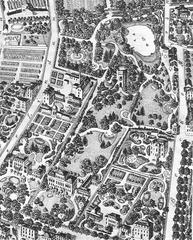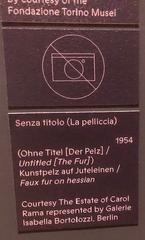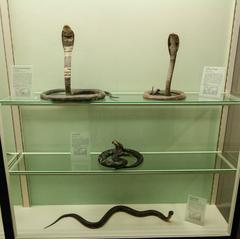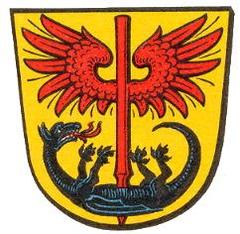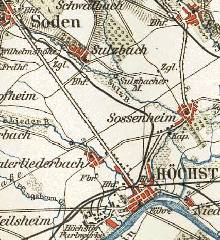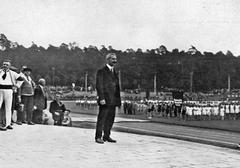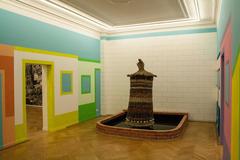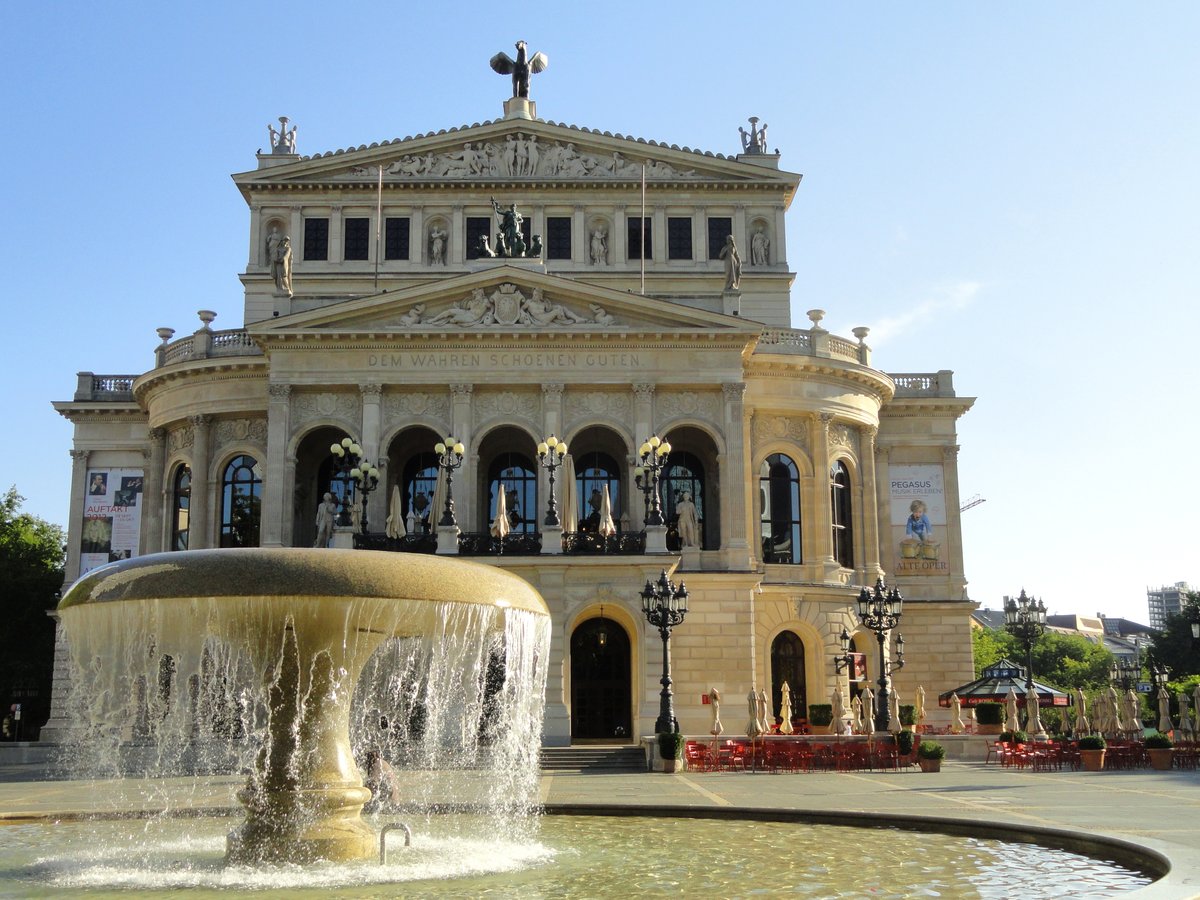
Visiting Hours, Tickets, and Historical Significance of Alte Oper in Frankfurt
Date: 17/07/2024
Introduction
The Alte Oper, or Old Opera House, in Frankfurt am Main, Germany, stands as a symbol of the city’s rich cultural and architectural heritage. Inaugurated in 1880, this magnificent concert hall has witnessed a storied history, from its inception in the late 19th century to its near destruction during World War II and subsequent restoration in the late 20th century. Today, the Alte Oper is not merely a performance venue but a beacon of cultural resilience and artistic excellence, attracting visitors from around the globe. This comprehensive guide aims to provide potential visitors with essential information, including the history, ticket prices, visiting hours, travel tips, and nearby attractions of the Alte Oper. Whether you are a history enthusiast, music lover, or a curious traveler, the Alte Oper promises a rich and engaging experience (Exploring Alte Oper in Frankfurt - History, Tickets, and Visitor Information, Visiting Alte Oper - Tickets, Hours, and Travel Tips for Frankfurt’s Historic Concert Hall).
Table of Contents
- Introduction
- History of Alte Oper
- Modern Era and Cultural Impact
- Visitor Information
- Special Events and Guided Tours
- Photographic Spots
- Preservation and Future Prospects
- FAQs
- Conclusion
History of Alte Oper
Origins and Construction
The Alte Oper, or Old Opera House, in Frankfurt am Main, Germany, is a testament to the city’s rich cultural heritage. The idea for the opera house was first proposed in the mid-19th century, reflecting the burgeoning cultural aspirations of Frankfurt’s citizens. The construction of the Alte Oper began in 1873, under the architectural guidance of Richard Lucae, a prominent German architect known for his work on the Berlin State Opera. The building was designed in the Italian High Renaissance style, characterized by its grandiose façade and intricate detailing.
The opera house was completed in 1880, with its grand opening on October 20th of that year. The inaugural performance was Mozart’s “Don Giovanni,” a fitting choice for a venue that would become a cornerstone of Frankfurt’s cultural scene. The construction cost was approximately 6 million gold marks, a significant investment at the time, underscoring the city’s commitment to establishing a premier cultural institution.
Early Years and Cultural Significance
In its early years, the Alte Oper quickly established itself as one of Germany’s leading opera houses. It hosted a variety of performances, including operas, concerts, and theatrical productions. The venue attracted some of the most renowned artists and composers of the time, including Richard Wagner, who conducted several of his works there.
The Alte Oper’s significance extended beyond its role as a performance venue. It became a symbol of Frankfurt’s cultural and economic prosperity during the late 19th and early 20th centuries. The opera house was a focal point for the city’s social life, hosting numerous high-profile events and gatherings.
Destruction During World War II
The trajectory of the Alte Oper took a dramatic turn during World War II. On March 23, 1944, the opera house was severely damaged during an Allied bombing raid. The once-majestic building was reduced to a shell, with only its exterior walls remaining intact. The destruction of the Alte Oper was a significant cultural loss for Frankfurt, as the city grappled with the broader devastation wrought by the war.
Post-War Period and Reconstruction Efforts
In the immediate post-war period, the ruins of the Alte Oper stood as a stark reminder of the conflict’s impact on Frankfurt. For several decades, the building remained in a state of disrepair, with various proposals for its future being debated. Some advocated for its complete demolition, while others pushed for its restoration.
The turning point came in the 1970s when a citizen-led initiative, known as the “Rettet die Alte Oper” (Save the Old Opera) campaign, gained momentum. The campaign highlighted the cultural and historical significance of the opera house, rallying public support for its restoration. In 1976, the Frankfurt city council approved plans for the reconstruction of the Alte Oper, marking the beginning of a new chapter in its history.
Restoration and Reopening
The restoration of the Alte Oper was a meticulous and ambitious project, aimed at preserving the building’s historical integrity while incorporating modern amenities. The reconstruction work began in 1977, with a focus on restoring the original architectural features, including the ornate façade and grand staircase.
The project was completed in 1981, and the Alte Oper was officially reopened on August 28th of that year. The reopening ceremony featured a performance of Gustav Mahler’s Symphony No. 8, symbolizing the opera house’s revival as a cultural landmark. The restoration cost approximately 160 million Deutsche Marks, funded through a combination of public and private contributions.
Modern Era and Cultural Impact
Since its reopening, the Alte Oper has reclaimed its status as one of Germany’s premier cultural venues. It hosts a diverse array of performances, including classical concerts, operas, ballets, and contemporary music events. The opera house is home to the Frankfurt Radio Symphony Orchestra and regularly features performances by internationally acclaimed artists and ensembles.
The Alte Oper’s cultural impact extends beyond its role as a performance venue. It serves as a hub for cultural exchange and artistic innovation, fostering collaborations between local and international artists. The opera house also plays a vital role in Frankfurt’s cultural education initiatives, offering programs and workshops for students and young musicians.
Architectural and Artistic Features
The architectural and artistic features of the Alte Oper are integral to its historical significance. The building’s façade is adorned with intricate sculptures and reliefs, depicting scenes from classical mythology and the performing arts. The grand staircase, with its marble columns and ornate balustrades, is a highlight of the interior design.
One of the most notable features of the Alte Oper is its concert hall, known for its exceptional acoustics and elegant design. The hall can accommodate over 2,400 spectators, making it one of the largest concert venues in Germany. The interior décor, with its rich red and gold color scheme, creates a sense of opulence and grandeur.
Visitor Information
Visiting Hours
The Alte Oper is open to visitors throughout the week, with varying hours depending on the performance schedule. Generally, guided tours are available from Monday to Friday, from 10:00 AM to 4:00 PM. It is advisable to check the official website for the most up-to-date visiting hours and tour availability.
Ticket Prices and Booking
Ticket prices for performances at the Alte Oper vary depending on the event and seating category. Visitors can purchase tickets online through the official Alte Oper website, at the box office, or through authorized ticket vendors. Discounts are often available for students, seniors, and groups.
Travel Tips
The Alte Oper is conveniently located in the heart of Frankfurt, making it easily accessible by public transportation. Visitors can take the U-Bahn (subway) lines U6 and U7 to the Alte Oper station, or use tram lines 11 and 12. For those driving, there are several parking garages nearby.
Nearby Attractions
The Alte Oper is situated close to several other notable attractions in Frankfurt, making it an ideal starting point for a cultural tour of the city. Nearby sites include the Goethe House, the Frankfurt Museum of Modern Art, and the Palmengarten botanical garden.
Accessibility
The Alte Oper is committed to ensuring accessibility for all visitors. The building is equipped with ramps, elevators, and designated seating areas for individuals with disabilities. Assistance is available upon request, and it is recommended to contact the venue in advance to arrange any special accommodations.
Special Events and Guided Tours
The Alte Oper hosts a variety of special events throughout the year, including festivals, themed concerts, and community outreach programs. Guided tours offer an in-depth look at the opera house’s rich history, architectural features, and behind-the-scenes areas. Tours are available in multiple languages and can be booked through the official website.
Photographic Spots
Photography enthusiasts will find plenty of picturesque spots at the Alte Oper. The grand staircase, the ornate exterior, and the lush park surrounding the building provide excellent backdrops for memorable photos.
Preservation and Future Prospects
The preservation of the Alte Oper is an ongoing effort, with regular maintenance and restoration work ensuring the building’s longevity. The opera house is a protected cultural monument, recognized for its historical and architectural significance. Efforts to preserve the Alte Oper are supported by various cultural organizations and government bodies, reflecting its importance to Frankfurt’s cultural heritage.
Looking to the future, the Alte Oper is poised to continue its role as a leading cultural institution. Plans for future development include expanding its educational programs and enhancing its facilities to accommodate a wider range of performances. The opera house remains a symbol of Frankfurt’s resilience and cultural vitality, embodying the city’s commitment to preserving its rich artistic legacy.
FAQs
What are the visiting hours for Alte Oper?
The visiting hours for the Alte Oper vary depending on the performance schedule. Generally, guided tours are available from Monday to Friday, from 10:00 AM to 4:00 PM. Check the official website for the most up-to-date information.
How much do tickets to Alte Oper cost?
Ticket prices vary depending on the event and seating category. Discounts are often available for students, seniors, and groups. Tickets can be purchased online, at the box office, or through authorized vendors.
Is Alte Oper accessible for individuals with disabilities?
Yes, the Alte Oper is equipped with ramps, elevators, and designated seating areas for individuals with disabilities. Assistance is available upon request, and it is recommended to contact the venue in advance to arrange any special accommodations.
Are guided tours available at Alte Oper?
Yes, guided tours are available and offer an in-depth look at the opera house’s history and architecture. Tours can be booked through the official website and are available in multiple languages.
Conclusion
The Alte Oper in Frankfurt is more than just an opera house; it is a symbol of cultural resilience and artistic excellence. Whether you are a history buff, a music lover, or a casual visitor, the Alte Oper offers a rich and engaging experience. For more detailed information and to plan your visit, check out the official website of Alte Oper.


